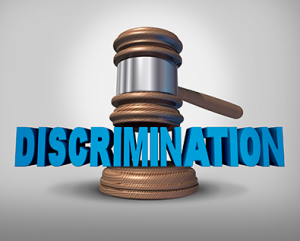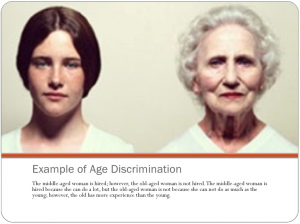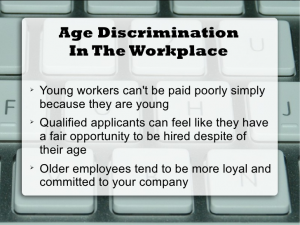The Equal Employment Opportunity Commission (“EEOC”) is the federal agency charged with enforcement of federal discrimination laws such as Title VII and the ADA. Today a Task Force commissioned by the EEOC released an extensive document entitled “Best Practices of Private Sector Employers” outlining its findings and providing significant recommendations for all employers.
 The 183 page document reflects the results of many individuals and companies and months of research into the inner workings of American companies both large and small. The Task Force divided its study into six major groupings: (1) recruitment and hiring practices; (2) promotion and career advancement; (3) terms and conditions; (4) termination and downsizing; (5) alternative dispute resolution and (6) other.
The 183 page document reflects the results of many individuals and companies and months of research into the inner workings of American companies both large and small. The Task Force divided its study into six major groupings: (1) recruitment and hiring practices; (2) promotion and career advancement; (3) terms and conditions; (4) termination and downsizing; (5) alternative dispute resolution and (6) other.
The Task Force noted that, in order to qualify as a “best practice”, the practice should promote equal employment opportunity and address one or more barriers that adversely impact equal employment opportunity. The practice must also involve a serious commitment from management to the EEO objectives and must involve management accountability for equal employment opportunity. The practice must essentially embrace fairness to all employees and must be implemented conscientiously and should show noteworthy results.
 In attempting to obtain data from a statistically significant slice of the American workplace, the Task Force sent letters to any employer with 25,000 or more employees. In addition to numerous surveys sent to associations representing employers, employees and civil rights groups, the Task Force sent letters to each member of the Senate Labor and Human Resources Committee and the House Committee on Education and the Workforce asking for input on all matters under Task force consideration.
In attempting to obtain data from a statistically significant slice of the American workplace, the Task Force sent letters to any employer with 25,000 or more employees. In addition to numerous surveys sent to associations representing employers, employees and civil rights groups, the Task Force sent letters to each member of the Senate Labor and Human Resources Committee and the House Committee on Education and the Workforce asking for input on all matters under Task force consideration.
All employers are well advised to review this detailed analysis of the types of practices this governmental agency would consider to be acceptable in the area of EEO compliance. It provides many suggestions and recommendations applicable to many businesses.




